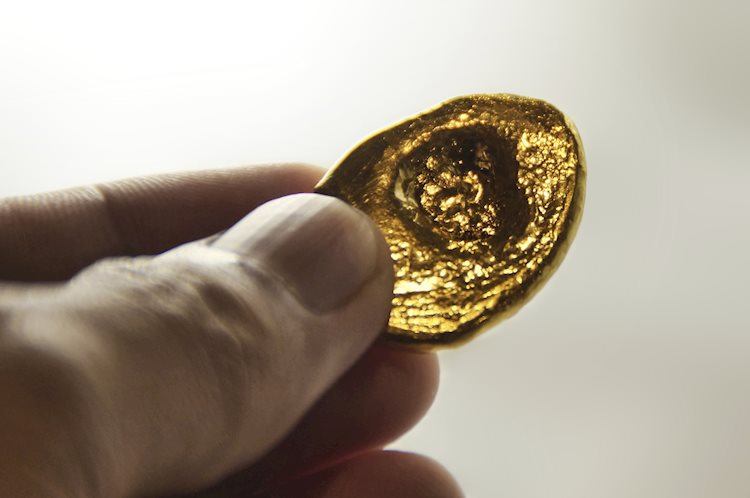The gold price has rebounded above $2,500 in Thursday’s Asian session, with expectations of US interest rate cuts lifting gold demand. The ongoing conflicts in the Middle East and global economic concerns also support the precious metal’s upside. However, a firmer US Dollar might limit gold’s upside as it makes gold more expensive for most buyers. Investors are closely monitoring the US Gross Domestic Product data for cues about the Federal Reserve’s rate cut and the upcoming US Personal Consumption Expenditure Index data for more insights.
Demand for gold continues to be driven by emerging markets, particularly China, India, and Turkey, according to John Reade, Chief Market Strategist at the World Gold Council. Despite the US data failing to give gold any further lift, the temptation for traders to book some profit after a long run has been rising, as highlighted by Ole Hansen, head of commodities strategy at Saxo Bank A/S. The US GDP growth number for Q2 in the second estimate is expected to grow by 2.8%, with expectations for an increase in the PCE Price Index in July. Rate futures markets have fully priced in a 25 basis points rate cut in September, with the possibility of a deeper rate cut standing at 36.5%.
Technically, the gold price offers a bullish outlook in the longer term, with the price trading in positive territory and remaining above the key 100-day EMA. The RSI is above the midline, indicating potential for further upside, with the $2,530-$2,535 zone acting as a crucial resistance level. Immediate support is seen at the $2,500 round figure, with a break below potentially leading to a sell-off towards $2,432. The weakest US Dollar this week was against the New Zealand Dollar, as shown in the percentage change table against major currencies.
The Federal Reserve plays a significant role in shaping US monetary policy, with a primary focus on achieving price stability and fostering full employment. Adjusting interest rates is the Fed’s primary tool to achieve these goals, with rate hikes to combat rising inflation and rate cuts to stimulate borrowing and economic growth. The Fed holds eight policy meetings a year to assess economic conditions and make monetary policy decisions, with QE being a non-standard policy measure used during crises or periods of low inflation. Quantitative tightening is the reverse process of QE, usually positive for the value of the US Dollar.











